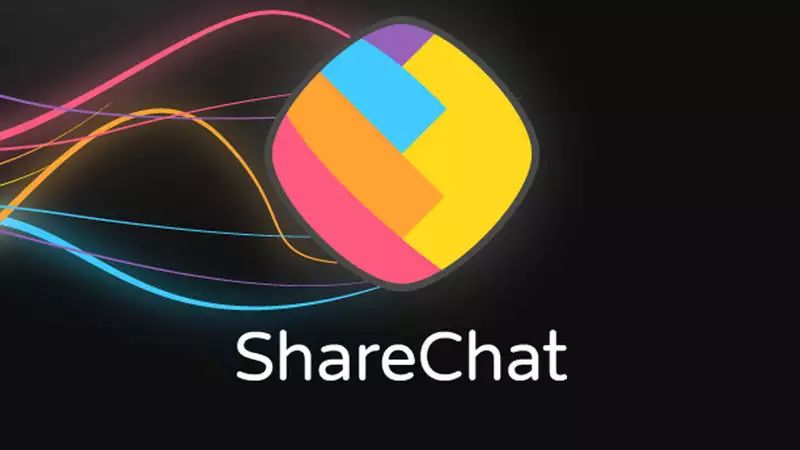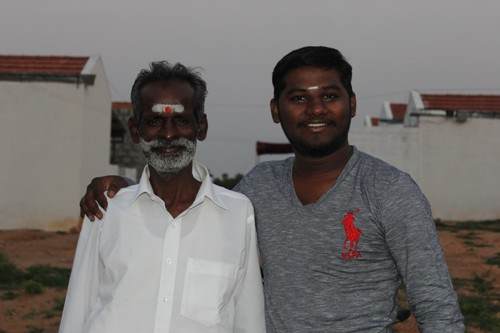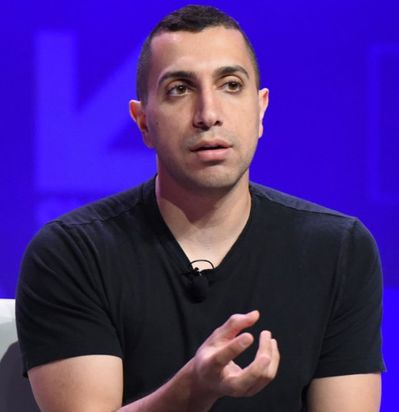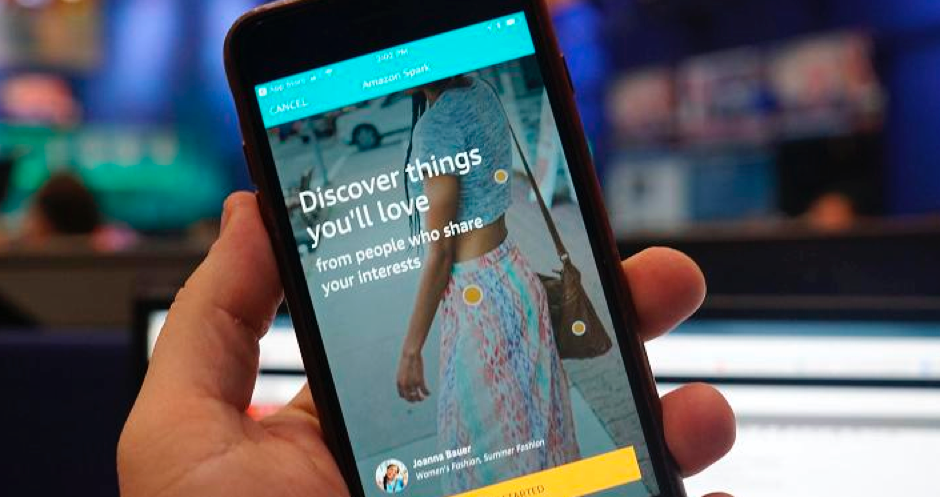ShareChat Raises a $100 Mn in a Twitter Led Funding Round
After a long struggle, India has also become home to many creative and useful startups, and even the global tech companies agree with that. Following that very fact, Twitter, one of the biggest technology company, just closed the D series funding as the lead for a four years old Indian company ShareChat.
Where Twitter led the funding, major investment brands including TrustBridge Partners, Shunwei Capital, Lightspeed Venture Partners, SAIF Capital, India Quotient and Morningside Venture Capital took part in the investments, among which a few are the company’s existing investors. With the latest round of funding, the company was able to raise a $100 million, and with that, the company now values at about $650 million. Till now, the company has raised around $224 million.
ShareChat is an Indian social network that allows people to chat in the regional languages. This is the reason why despite tens of popular chat apps, ShareChat has grown to tens of million users in just four years. Twitter also sees the potential in the startup that is why it took the privilege to lead the funding for the company.

There has been no statement from Sharechat on the matter. But the managing director of Twitter India, Manish Maheshwari said in a statement, “Twitter and ShareChat are aligned on the broader purpose of serving the public conversation, helping the world learn faster and solve common challenges. This investment will help ShareChat grow and provide the company’s management team access to Twitter’s executives as thought partners.”
Twitter just appointed Manish Maheshwari in April 2019 for its India office after it started facing a decline in its growth in India. After his appointment in Twitter, Maheshwari has said in a statement, “With premium Indian content on the rise in multiple regions across the country, I believe we are scratching the surface of what’s possible with Twitter in India.”
ShareChat supports almost every regional language except English, which has been the unique feature to attract its 60 million users to the platform. And, the company has no plans to change that in the coming future. So investing in ShareChat can be a step forward for the company to expand its limits to different regions, regional languages and people from different background.

Yashica is a Software Engineer turned Content Writer, who loves to write on social causes and expertise in writing technical stuff. She loves to watch movies and explore new places. She believes that you need to live once before you die. So experimenting with her life and career choices, she is trying to live her life to the fullest.








